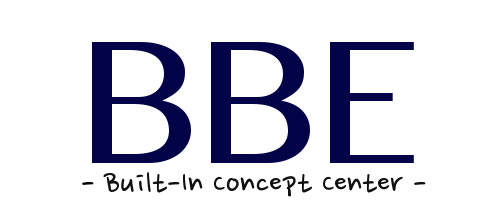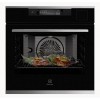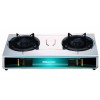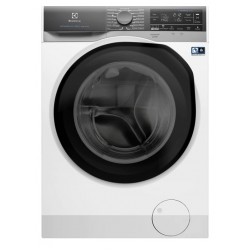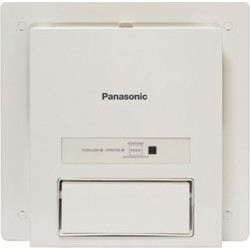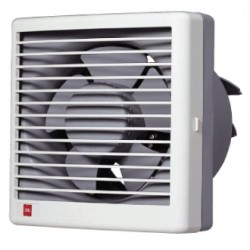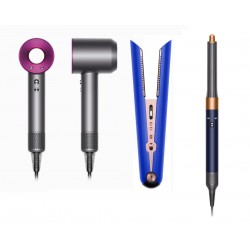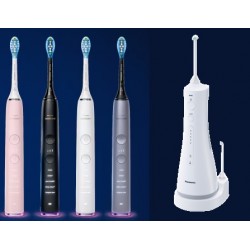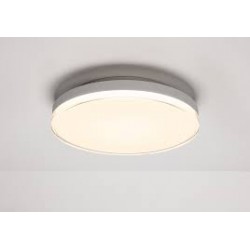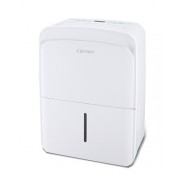-
Your shopping cart is empty!
-
💕New Promotion
- Built-in Appliances: Discount + Voucher
- Buy Siemens, Get up to $200 Voucher
- Kitchen Appliances: up to $4000 off
- Philips Locks: up to $500 off
- Selected AC Deals
- Year-End Sale | Up to 50% Off
- Buy GREE AC, Get 5-Year Warranty
- Rasonic: Free Gift with Purchase
- Hitachi Split AC Offers
- Panasonic Smart Locks | Winter Rewards
- SAMSUNG|Amazing Christmas Discount
- TOSHIBA Oven Trade-in Promotion
- 🎉Year-End Sale +
- 🎁 All-in-One Kitchen Solution +
-
🏠 Hosing Promotion
- Bundle Set
- Aircon Installation fee Up to 10% off
- New House Special Offers
- On Ying Court ✅
- Cheung Tung Estate ✅
- Choi Shek Estate
- On Park Court ✅
- Yue Ying Lau ✅
- Kai Yuet Court ✅
- Siu Tsui Court ✅
- On Sau Court ✅
- Ko Wang Court ✅
- Chiu Ming Court ✅
-
Cooking
+

- Built-in Steam Ovens(Combi Steam/Steam+microwave)
- BUILT-IN GAS OVEN
- Built-in Electric Single Ovens
- Built-in Steam Ovens
- Built-in Ovens(Combi microwave)
- Built-in Electric Double Ovens
- Built-in Steam Microwave Oven
- Built-in Microwave Ovens
- Free-Standing Microwave Ovens
- Free-Standing Ovens
- Freestanding Steam
- VacSealer
- Free-Standing Steam Oven
- Free-Standing Microwave Oven
- Free-Standing Steam Microwave Oven
- Healsio
- Range Cookers
-
Fridges & Freezers
+
-
Washers
+
-
Air Conditioning
+
-
AV Product
+
-
Bathroom
+
-
Small Appliance
+
- Our Brands +
- Installation +
- Contact Us +
- Info +
